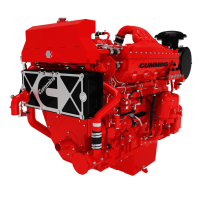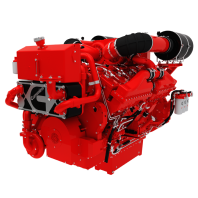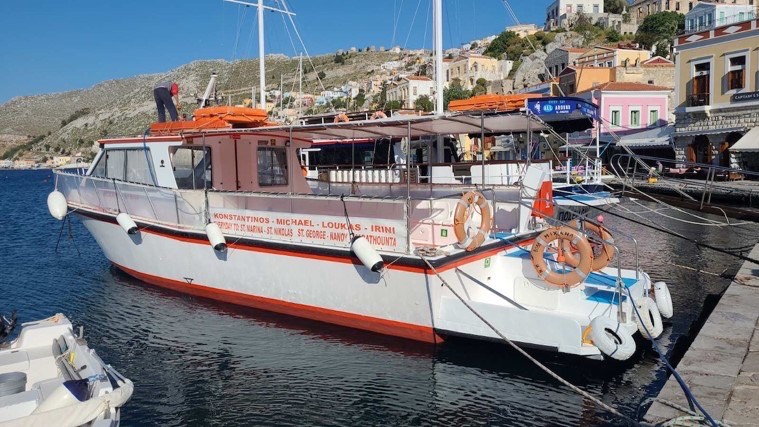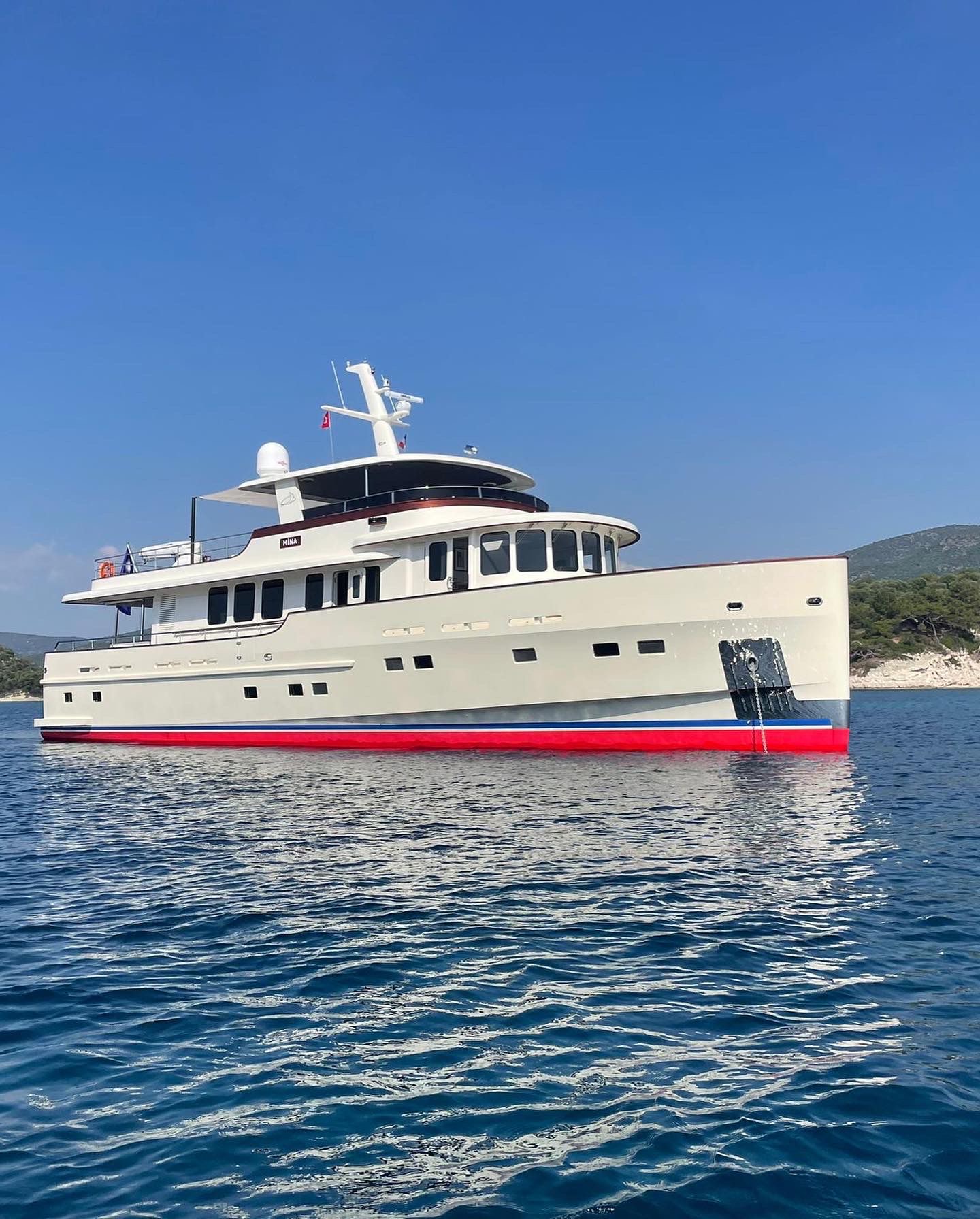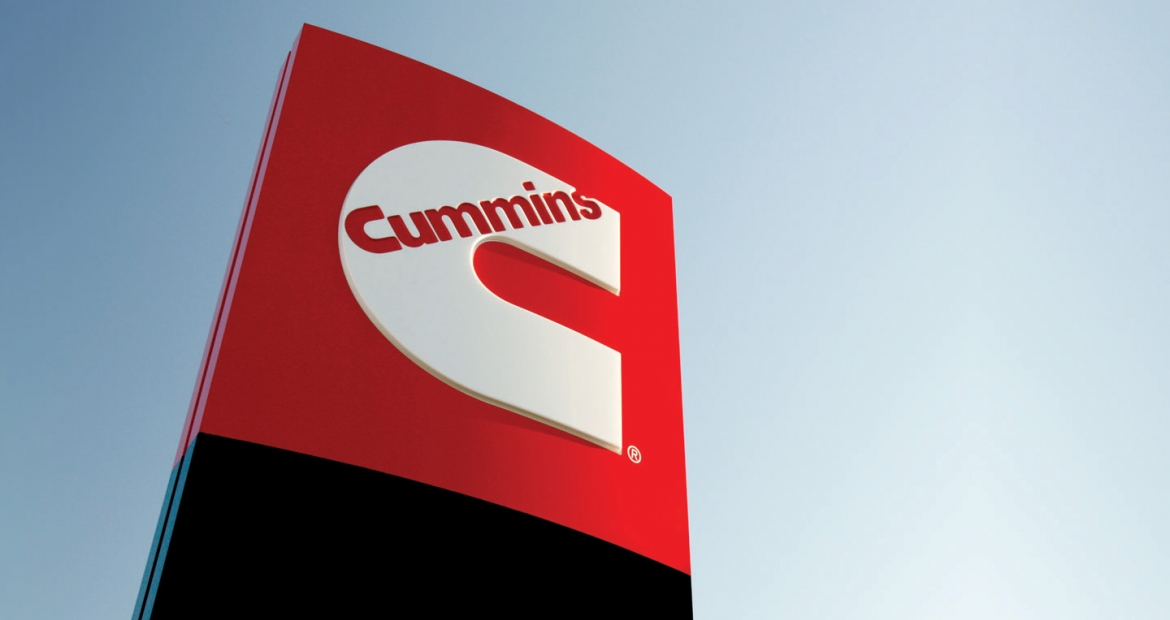
Cummins Vessel Reference #769
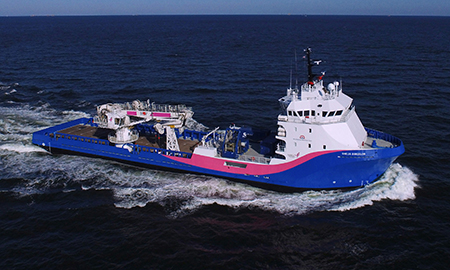
There is no question that these are challenging times for offshore oil in the Gulf of Mexico. However, while some vessel operators are tying up boats, Bordelon Marine is continuing with their aggressive build program. Designed for flexibility, the firm’s Stingray 260 Class DP 2 platform supply vessels are proving their design concept.
The most recently launched boats, number two and three in the series, are the M/V Shelia Bordelon and M/V Brandon Bordelon, due for launch later this year. Working with the same hull and accommodation block, Bordelon have been able to modify the vessels to meet the requirements of charterers wanting an ultra-light-intervention vessel. These vessels will carry and deploy remotely operated vehicles (ROV). This required the addition of a 50-ton AHC (Active Heave Compensating) crane, with 3000 meters of wire, mounted on a six-meter pedestal with a maximum lifting height of 90 feet.
“Typically when a charterer adds ROV systems to a vessel, they are required to install extra generators on the back deck, exposing this equipment and taking up valuable cargo space” explains Wes Bordelon, President/CEO of Bordelon Marine, “We’ve added all of these necessary power systems below deck, leaving the back deck open and clear, while also protecting the equipment from the environment. It’s a very clean and safe plug-and-play set up”.
We’ve added all of these necessary power systems below deck, leaving the back deck open and clear, while also protecting the equipment from the environment.
Shelia – Cummins-Model
To do this took some serious design work. The standard Stingray 260 PSV design has a pair of Cummins QSK60 Tier 3 main engines, two Cummins QSK38-DM1-powered 975 kW main generators, and a single Cummins QSK19-powered 535 kW genset for reduced consumption during port side service. Two additional Cummins QSK38s and two QSK19s were added below deck to provide fully redundant power to the ship’s 50-ton crane, and up to two complete work class ROV systems.
Marine disconnects were positioned on deck for safe and efficient installation of ROVs. As integral components of the vessel, the additional gensets are tied into the vessel software so that they can be controlled and monitored from the bridge.
The flexible nature of the original Stingray design lends itself to these adaptations, and others, to allow the vessel to meet changing market demands. Total berths have been increased from 54 to 60 along with other modifications to the accommodations area for the ROV support crews.
Photo courtesy of Bordelon Marine
For more information:
James Schureck
Vice-President of Business Development
Bordelon Marine
Lockport, Louisiana
Phone: 985 532 5333
E-mail: michael.r.aufdermauer@cummins.com
Michael Aufdermauer
Cummins Mid-South LLC
5901 River Road
Jefferson, LA 70123
Phone: 504 648-8601
E-mail: michael.r.aufdermauer@cummins.com
Alan Haig-Brown
A. Haig-Brown & Assoc. Ltd.
New Westminster, B.C., Canada
CAN Mobile: 604 377 1577
Trophy fish are measured by weight and length at the dock. They almost always exceed the size of the angler reeling them in. The exception would be M/V Chelsea ...
Greek passenger vessel repowers with Cummins. Cruising to Symi on a water taxi is more than a boat ride across the Aegean Sea. Departing the eastern sh...
Crews with no choice but to head out to sea in rough weather conditions rely on trawlers' inherently robust, stout design based on the DNA of highly capable fis...
